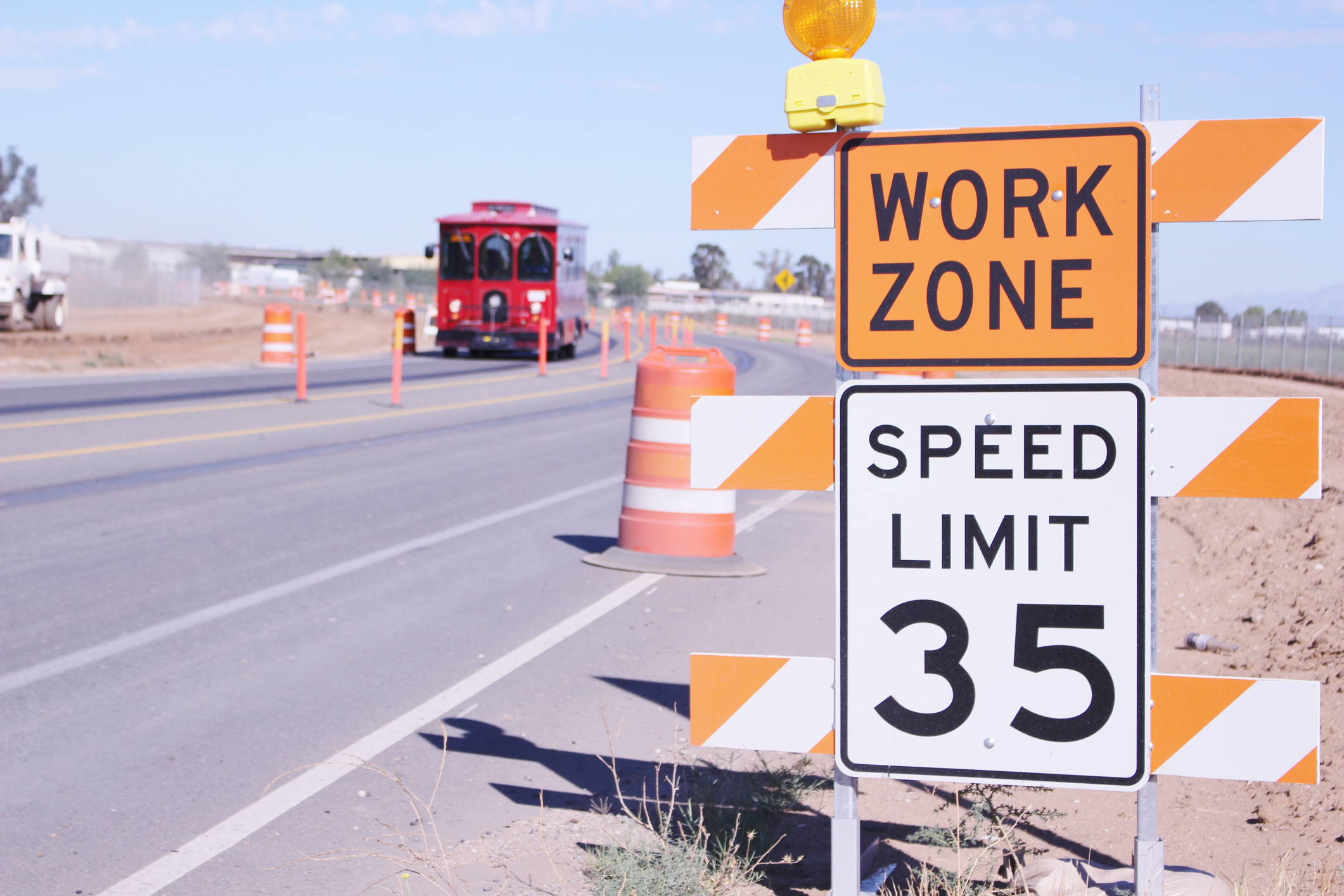Cones, Zones and Automobiles: Best Practices for Work Zone Safety
The rate of fatalities in work zones has continued to increase over the last decade, with over 700 fatal crashes in 2020 alone. The proper signage and traffic control measures can protect employees in work zones and those behind the wheel.
April 22, 2022

We know work zones are a sign to slow down, but with distracted driving-related accidents on the rise, construction warnings may come too late for an inattentive driver. While drivers should always be aware of their surroundings to anticipate changing traffic patterns, traffic-control measures and early signage can alert drivers to reduce their speed and be prepared to stop.
“If your drivers are not using map guidance, encourage them to plan ahead and look up traffic conditions for their route,” said Kevin O’Sadnick, Senior Risk Control Manager at Safety National. “Preparing for or avoiding possible delays can also minimize speeding, which is a major contributor in fatal work zone crashes.”
These tips can help mitigate driver-related accidents and protect work zone employees in the process:
For Drivers
- Maintain adequate spacing from the vehicle in front of you while traveling through work zones. Rear-end collisions are some of the most prevalent auto-related accidents in work zones, causing over 20% of work zone fatalities in 2020.
- Avoid all distractions when traveling through work zones. Employers can utilize cell-blocking apps to help minimize distractions.
- Move over early into open lanes when approaching lane shifts. This helps avoid unnecessary speed increases or hard breaking when entering construction zones.
For Zone Workers
- Pre-mark work zones, cones and arrow boards. Having a job supervisor visit the work zone ahead of time and mark where signs and devices should be placed can ensure a quicker, smoother and safer setup.
- Pay special attention to worker apparel and jobsite equipment when night work is being performed. Use of high-visibility, class 3, reflective safety equipment should be encouraged, and beacon lights, arrow boards and reflective devices should be checked and maintained regularly.
- Help curb aggressive driving in work zones by setting up temporary traffic control. This should be done within a reasonable time before starting the project to avoid motorists becoming complacent when work begins.
- Keep work zones appropriate to the work being performed. This can reduce motorists attempting to speed up after passing through stretches with no signs of work activity.

























